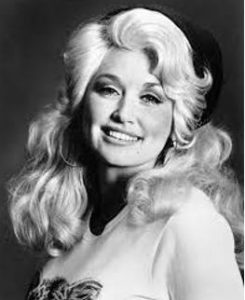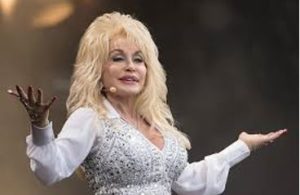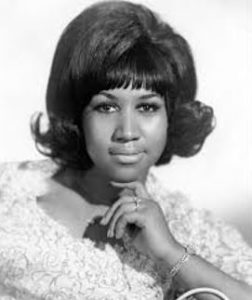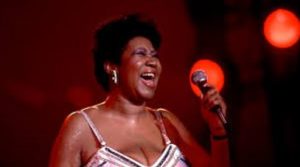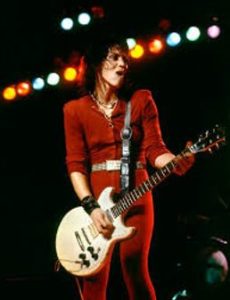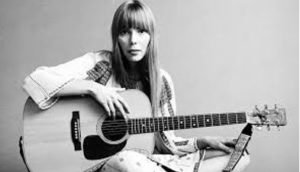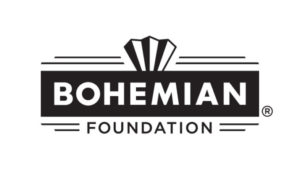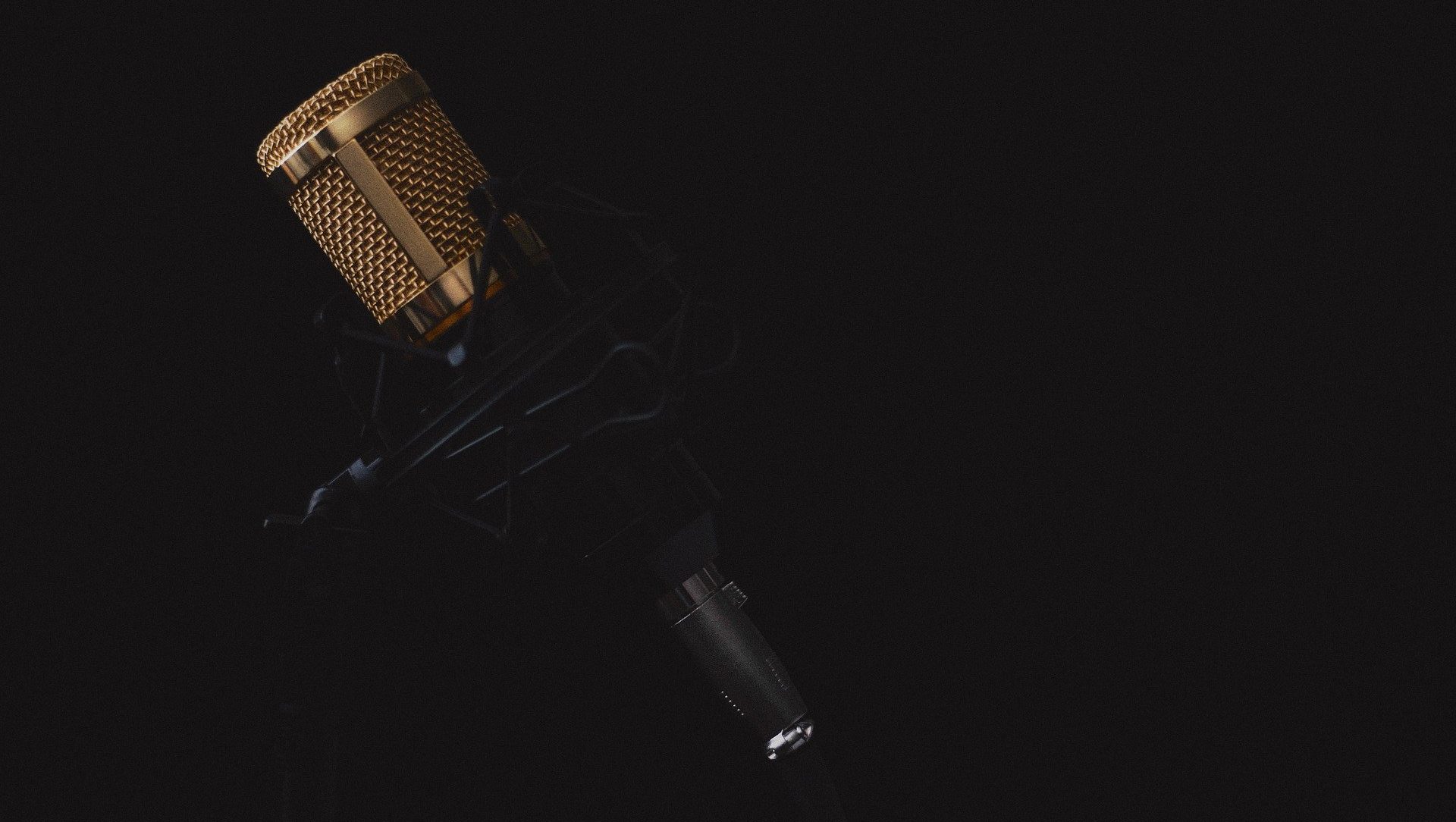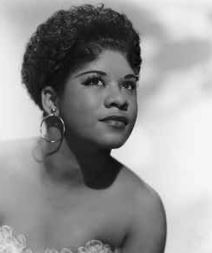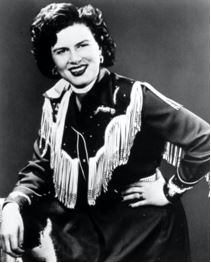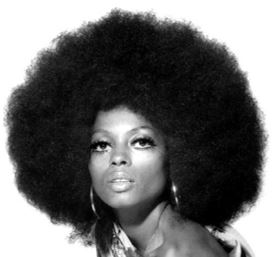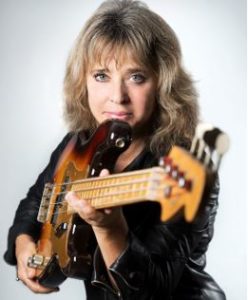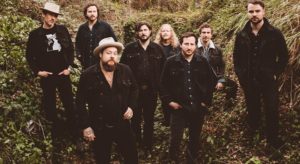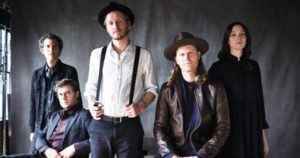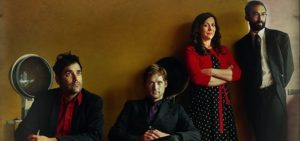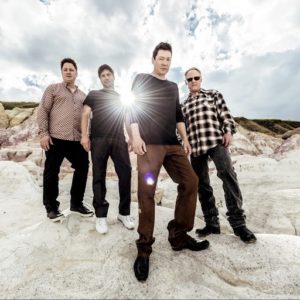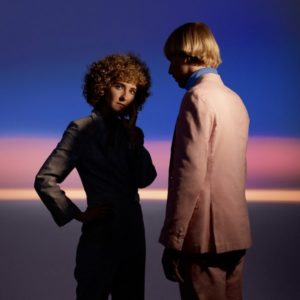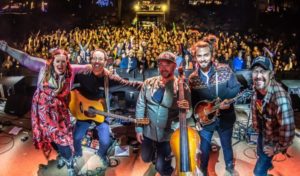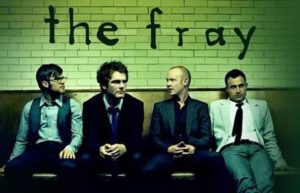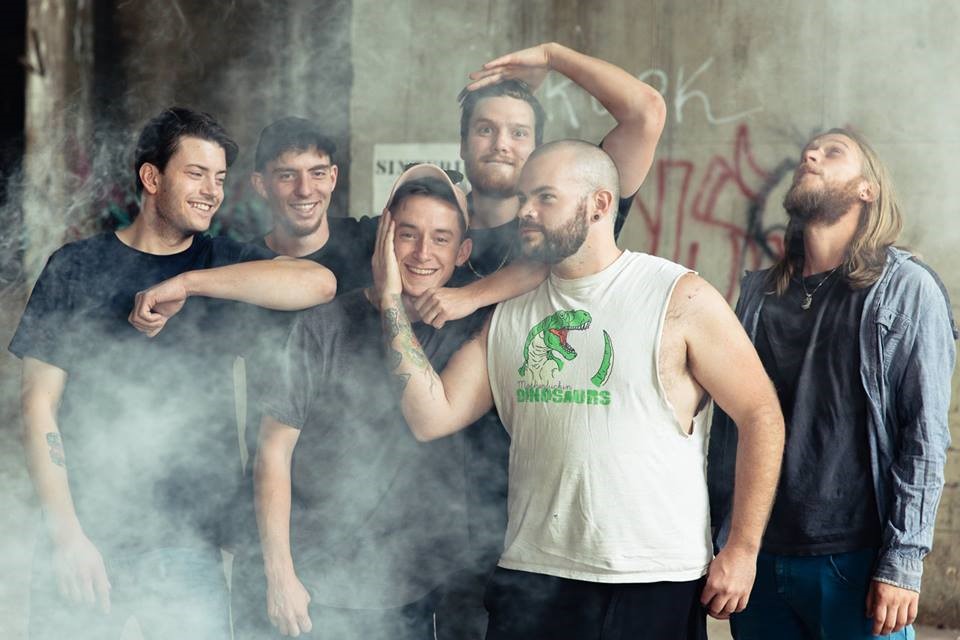The year 2020 marks the 70th birthday of Leo Fender’s first solid-body electric guitar. It was also the first mass-produced electric guitar in history, and laid the initial yellow bricks on the road to Guitar Oz.

In 1946, the Fender Electric Instruments Company was formed in Fullerton, California. Clarence Leonidas Fender had been born in Anaheim in 1909, and at only 37 years old he would start the company that would lay the bedrock for the modern electric guitar. He had opened his first shop, Fender’s Repair Service, 8 years prior in 1938, but was ready to move on. He turned the radio shop over to his friend Dale Hyatt and went fulltime into the music instrument business. By 1949, Fender guitars and amps were firmly established in the music industry. To the left, a photo shows a young Leo Fender (far right) and others with an early Fender guitar model.
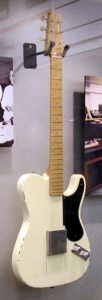 The year 1949 was also monumental because Leo and coworker George Fullerton completed the first prototype for the famous Esquire guitar. The prototype (pictured to the left) shared a similar body shape with later guitars of the same vein. The shape was a dreadnaught style with a single cutaway, allowing easy access to the upper frets of the guitar. In the next year, 1950, the Fender Electric Instruments Company officially released the first mass produced guitar ever, the Fender Esquire. The biggest change from the prototype to the first model (seen below) was the headstock shape. The Esquire was a solid-body, single pickup electric guitar – a pickup is a magnet that “picks up” the vibration from the strings and sends it to an amp. The pickups on the first Esquires pictured are the metal boxes at the end of the strings. The guitar also had one knob to control the overall volume and one knob to control the tone, or timbre, of the guitar’s pickup. The first advertised color scheme was a black body with a white pick guard, but later produced Esquires had a blonde body with a black pick guitar (as pictured). This first model also did
The year 1949 was also monumental because Leo and coworker George Fullerton completed the first prototype for the famous Esquire guitar. The prototype (pictured to the left) shared a similar body shape with later guitars of the same vein. The shape was a dreadnaught style with a single cutaway, allowing easy access to the upper frets of the guitar. In the next year, 1950, the Fender Electric Instruments Company officially released the first mass produced guitar ever, the Fender Esquire. The biggest change from the prototype to the first model (seen below) was the headstock shape. The Esquire was a solid-body, single pickup electric guitar – a pickup is a magnet that “picks up” the vibration from the strings and sends it to an amp. The pickups on the first Esquires pictured are the metal boxes at the end of the strings. The guitar also had one knob to control the overall volume and one knob to control the tone, or timbre, of the guitar’s pickup. The first advertised color scheme was a black body with a white pick guard, but later produced Esquires had a blonde body with a black pick guitar (as pictured). This first model also did 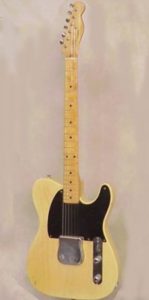 not have a truss rod. A truss rod is a piece of metal that runs inside and along the neck. The end of the rod can be turned with a tool which will push or pull the neck in one direction or another. This is used to help straighten the neck when the tension from the strings causes it to bend over time. Only about 50 of these first Esquires were made. As orders increased, the needed improvements were recognized by Leo and George. Just months later they set out to revamp their already very popular electric guitar model.
not have a truss rod. A truss rod is a piece of metal that runs inside and along the neck. The end of the rod can be turned with a tool which will push or pull the neck in one direction or another. This is used to help straighten the neck when the tension from the strings causes it to bend over time. Only about 50 of these first Esquires were made. As orders increased, the needed improvements were recognized by Leo and George. Just months later they set out to revamp their already very popular electric guitar model.

Later in 1950, Fender came out with what was shortly known as the Broadcaster (pictured on the left). This model came with a few upgrades which included the addition of a much needed truss rod along with a second pickup, located next to the base of the neck. This pickup, because of its location and construction, had a much rounder and less bright sound. There was also a pickup selector, a switch which would allow the player to turn on one pickup, the other, or both. This variety of tones and combinations made the Broadcaster a much more versatile instrument and the added truss rod made it more durable. At the time, fellow musical instrument company, Gretch, caught popular wind of Fender’s new release and took legal action against the name, due to the conflict of their Gretch Broadkaster drums. Fender agreed to change the name and “Broadcaster” was removed from the Fender headstock. During the time that the company was renaming their flagship guitar, the guitar they were producing had nothing but “Fender” on the headstock. Guitars from this short era are known as Nocasters, hinting to their lack of a visual name. In 1951, Fender rereleased their electric guitar model, and named it the Telecaster. To this day, the Telecaster model still carries its iconic name, form, and sound onto the stage and into the studio through the hands of countless musicians.
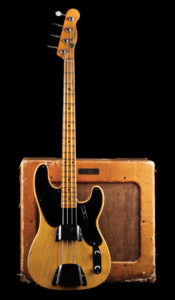 Leo did not stop there in 1951. That same year he released his company’s first electric bass model, known as the Precision Bass (a 1952 model to the left). This model is still mass produced today and is one of the most popular and used bass guitars. Next in line came Leo’s second guitar model, that would achieve him even more historic fame and forever make him an icon in the guitar world. The Fender Stratocaster followed the Telecaster in 1954, and took the world by storm. It has stood atop the pillar of modern guitar as the most recognized shape and symbol of the instrument. It has been used on countless famous recordings and is only second in Fender origin to the one and only Telecaster.
Leo did not stop there in 1951. That same year he released his company’s first electric bass model, known as the Precision Bass (a 1952 model to the left). This model is still mass produced today and is one of the most popular and used bass guitars. Next in line came Leo’s second guitar model, that would achieve him even more historic fame and forever make him an icon in the guitar world. The Fender Stratocaster followed the Telecaster in 1954, and took the world by storm. It has stood atop the pillar of modern guitar as the most recognized shape and symbol of the instrument. It has been used on countless famous recordings and is only second in Fender origin to the one and only Telecaster.


In 1964, Fender began producing their first acoustic style guitars. Later that year, the visually distinctive, offset guitar called the Mustang was released. Unfortunately, Leo Fender began developing health problems at age 55 and decided to sell his company. On January 5th, 1965, Fender sold to Columbia Records Distribution Corps. for $13 million. Throughout the years after Leo’s ownership, Fender has undergone many changes. Regardless, they have remained at the top of the list of guitar manufacturing and developing giants. Even though decades of growth and change have coursed through the Fender name, the legendary shape of the original Esquire holds true in what is still known as the Telecaster. Above is a photo of an old guitar factory line. Today, only high end guitars are handmade, a testament to how popular guitar playing has become.

Happy Birthday to the Fender Esquire! 2020 marks its 70th year in existence. It still remains one of the most recognized and favored guitars around the world and many competing companies create similar styles. The specific photograph to the right is of the 70th anniversary Esquire model released in 2020. It has a special seafoam green finish, but features the classic white pick guard and single pickup. This rerelease is a passionate ode to an all time classic. The Esquire was the first ever mass produced electric guitar, a huge achievement that paved the way for so much. For such a cornerstone in a moment of guitar history, the shape, sound, and love for the Fender Esquire remains timeless.
Continue Reading

